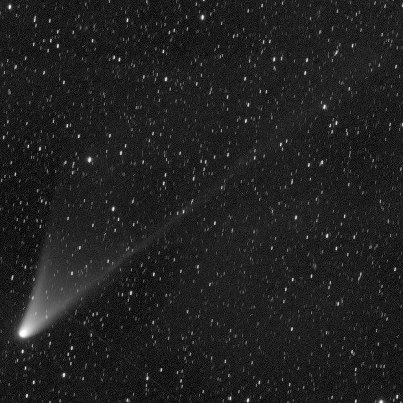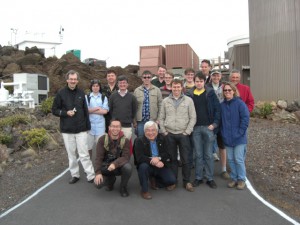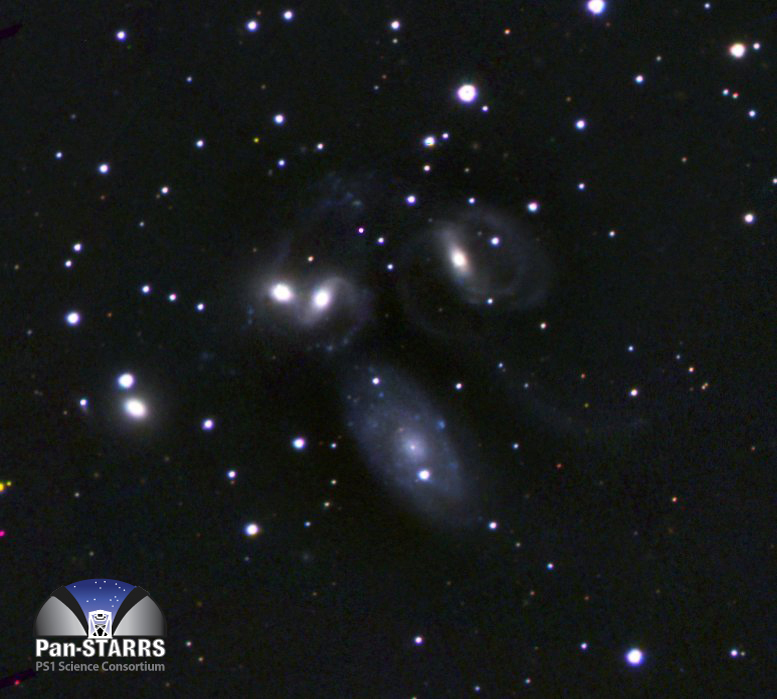Comet Pan-STARRS comes to the Northern Hemisphere
March 11th, 2013 by ps1scblogViewers in the Northen Hemisphere are just catching their first glimpses of Comet 2011/L4 Pan-STARRS. Those in the south have been able to see both it and Comet C/2012 F6 Lemon for the last few weeks but the comet’s orbit has only just put it above the horizon in the North. By coincidence, the comet has just had its closest approach to the Sun. The orbit of the comet suggests that this may be its first and perhaps only pass close to the Sun before it is flung out in to interstellar space.

Comet Pan-STARRS photographed from Australia by Terry Lovejoy.
Comet Pan-STARRS was discovered in 2011 by astronomers using the Pan-STARRS 1 telescope on Haleakala in Hawai`i. Since then astronomers have been tracking its orbit as it moves through the inner Solar System. If you are wanting to see it now, Universe Today has a nice guide on where to look.
Also Eli Bressert has put together a short video on how to locate it using planetarium software,
Finally if you are on Oahu then why not pop down to the Institute for Astronomy’s public viewing event on the 12th of March at Magic Island










